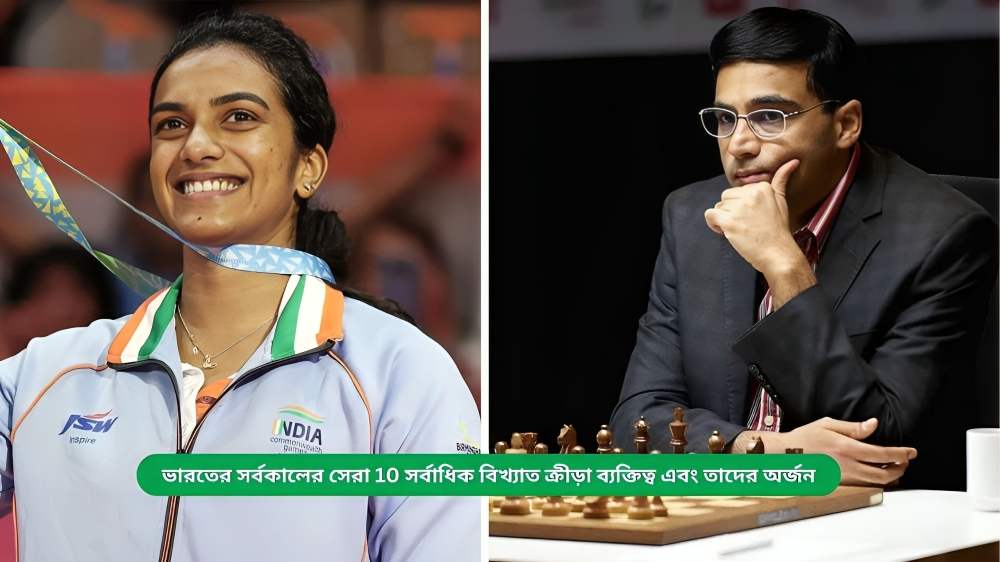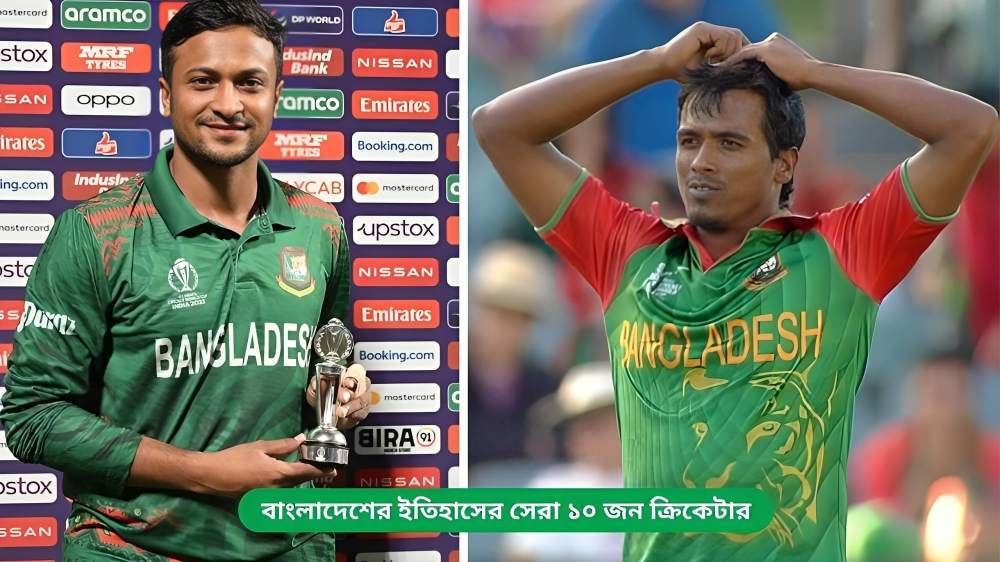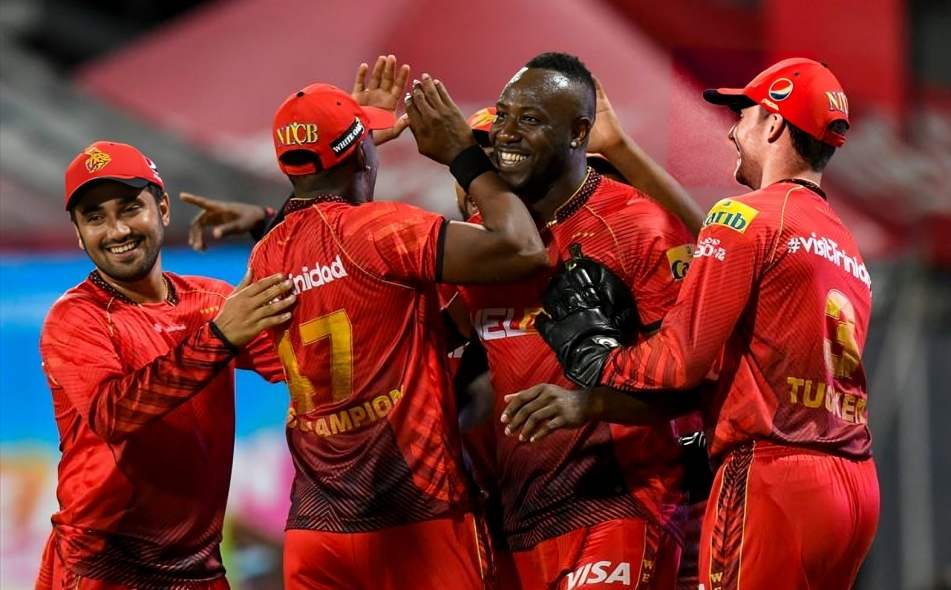The best bowling style in cricket depends on match conditions and strategy. Fast bowlers excel with swing and bounce, ideal for new-ball attacks. Spin bowlers thrive on turning pitches, deceiving batsmen with flight and variations. Medium pacers are versatile, using pace changes and accuracy to restrict runs. A balanced mix of these styles ensures success across formats.
Table of Contents
Types of Bowling in Cricket and Their Effectiveness
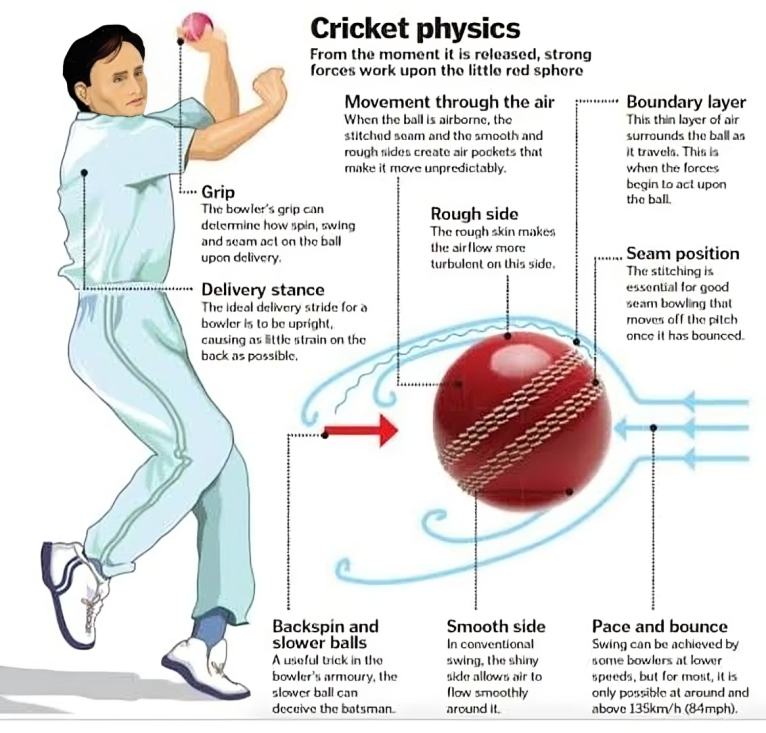
Cricket features various bowling types, each suited for different conditions and strategies. Fast bowling relies on speed, swing, and seam to dominate early in matches. Spin bowling uses turn, flight, and variations, thriving on dry, turning pitches. Medium pace offers control and clever variations, excelling in limited-overs cricket. A balanced attack blends these styles for maximum effectiveness.
1. Fast Bowling

Fast bowling relies on speed, bounce, and seam movement to challenge batsmen. Delivering balls at speeds of 140+ km/h, fast bowlers aim to intimidate, generate swing, and exploit bounce-friendly conditions. They often use variations like bouncers, yorkers, and slower balls to outsmart opponents. Legends like Shoaib Akhtar, Glenn McGrath, and James Anderson have excelled in this art.
Types of Fast Bowling:
- Swing Bowling:
- Moves the ball in the air.
- Effective in humid conditions and with the new ball.
- Examples: James Anderson (outswing), and Wasim Akram (reverse swing).
- Seam Bowling:
- Relies on the seam of the ball hitting the pitch for deviation.
- Best on grassy pitches or those with cracks.
- Example: Glenn McGrath.
- Express Pace:
- Bowls at speeds above 145 km/h to intimidate batsmen.
- Effective for short-pitched deliveries like bouncers.
- Example: Shoaib Akhtar.
When It Works Best:
- Early in Test matches to exploit swing.
- In ODIs and T20s during powerplays for breakthroughs.
2. Spin Bowling

Spin bowling is an artful style in cricket that relies on turning the ball off the pitch to deceive batsmen. It includes off-spin, leg-spin, left-arm orthodox, and Chinaman deliveries. Spin bowlers excel on turning pitches and in dry conditions, often in the middle overs to control the game and take crucial wickets. Examples include Shane Warne and Ravichandran Ashwin.
Types of Spin Bowling:
- Off-Spin:
- Spins into a right-handed batsman.
- Example: Ravichandran Ashwin.
- Leg-Spin:
- Spins away from a right-handed batsman.
- Harder to master but highly effective for wicket-taking.
- Example: Shane Warne.
- Left-Arm Orthodox Spin:
- Similar to off-spin but bowled by a left-arm bowler.
- Example: Daniel Vettori.
- Chinaman (Left-Arm Wrist Spin):
- Bowled by left-arm spinners who use wrist action to spin the ball.
- Example: Kuldeep Yadav.
When It Works Best:
- On turning pitches, often found in Asia.
- During middle overs in limited-overs cricket for control and wickets.
3. Medium-Pace Bowling
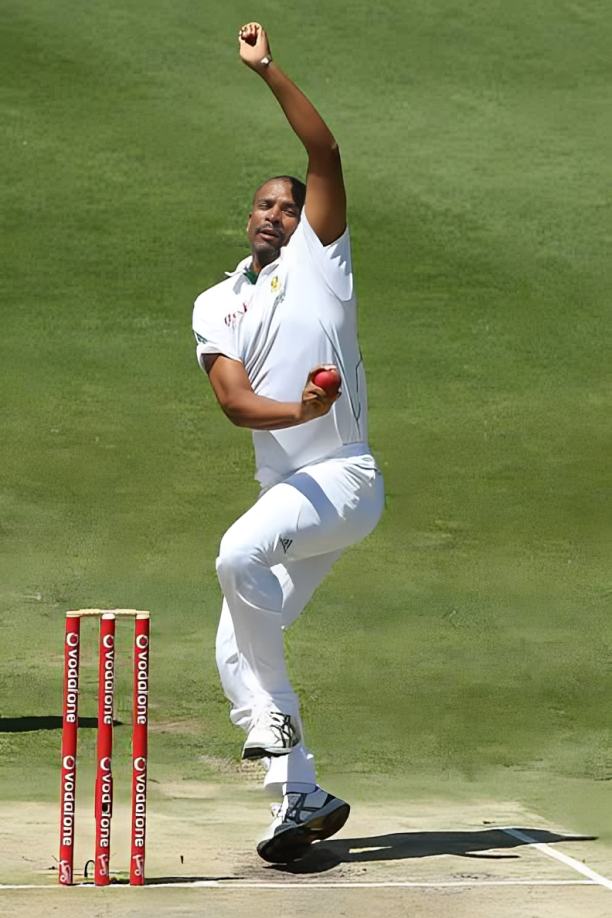

Medium-pace bowling relies on accuracy, swing, and subtle variations to outsmart batsmen. Medium pacers like Bhuvneshwar Kumar excel in exploiting swing-friendly conditions and using slower balls and cutters in limited-overs cricket. While not as fast as express bowlers, they are effective in maintaining control, restricting runs, and delivering crucial breakthroughs, especially on pitches that offer seam movement or assistance.
Features:
- Effective for swing and seam with older balls.
- Best for variations like slower balls, cutters, and yorkers in T20 and death overs.
- Examples: Bhuvneshwar Kumar, Chaminda Vaas.
When It Works Best:
- In conditions that don’t favor express pace or spin.
- To restrict runs in the middle overs.
Which is the Best?
- Test Matches: Swing and spin bowlers dominate due to the red ball’s behavior and the wear on pitches.
- ODIs and T20s: Fast bowlers with variations and wrist spinners are most effective due to the need for breakthroughs and containment.
A balanced bowling attack combining fast, medium, and spin options is considered ideal, ensuring adaptability to diverse conditions and match situations.
Conclusion: Which Type of Bowling is Best in Cricket?

There is no definitive answer to which type of bowling is the best in cricket, as it largely depends on the match conditions, format, and the skill set of the bowler. Each type of bowling has its unique strengths:
- Fast Bowling is crucial for generating pace, swing, and bounce, often providing breakthroughs in early overs or challenging batsmen with sheer pace.
- Spin Bowling becomes highly effective on turning pitches, with variations in flight and turn to deceive batsmen, particularly in middle overs of limited-overs cricket.
- Medium Pace provides control and consistency, excelling in conditions where swing and seam are prominent, and it is often used for containment.
In general, the best type of bowling is one that adapts to the conditions of the match, whether it’s exploiting the movement of the ball, wearing down the batsmen, or taking wickets at critical moments. A balanced bowling attack, with a mix of pace and spin, tends to be most successful in all formats of the game.







